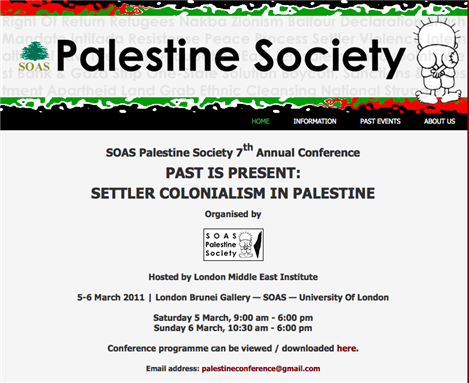[The following report was issued by Refugees International on 1 November 2012.]
Gatekeepers and Evictions: Somalia`s Displaced Population at Risk
There are currently 1.36 million Somalis displaced within their own country. These internally displaced persons (IDPs) face major protection challenges, including abuse and aid diversion by camp gatekeepers, as well as the threat of forced evictions. These vulnerabilities are not new to Somalia’s displaced population, but the context is changing. Refugees International recently conducted assessments of IDP settlements in Mogadishu and Hargeisa, Somaliland. In Mogadishu, security and stability is improving, and the election of a new president in September has generated cautious optimism throughout the capital. To the north, the relative stability of the self-declared autonomous region of Somaliland has primed it for long-term development opportunities. Unfortunately, while conditions in parts of Somalia are improving, the country’s internally displaced population is at risk of being left behind.
Overview
In the year since Al Shabab, a United States-designated terrorist group, gave up control of the districts it held in Mogadishu, life in the city has improved. New businesses are popping up on every corner, local markets are buzzing with commercial activity, and there are traffic jams on the streets again. Certainly, serious risks and challenges remain. Al Shabab continues to carry out attacks, local political leaders and journalists are being targeted for assassination at an alarming rate, and highly localized and well-armed militias (with a diverse array of connections and motivations) have secured control over particular neighborhoods. But compared to the conditions when Refugees International last visited in October 2011, security and stability in the Somali capital have improved a great deal.
Mogadishu’s displaced population, however, is not benefiting from the city’s current revival. The United Nations estimates that there are around 184,000 IDPs in the city, though the exact numbers are difficult to discern. Tens of thousands of displaced from southern Somalia arrived in Mogadishu last year, seeking refuge from famine and drought. They joined the many others who had been living in the city’s camps for years due to protracted food insecurity and repeated bouts of violent conflict. An untold number have been displaced multiple times.
Though some camps are in better condition than others, the majority of IDPs live in dismal, slum-like settlements. All across Mogadishu, makeshift shelters constructed of twigs and sheets are crammed together only a few feet apart. Children play in areas strewn with debris and garbage. Through July, the UN Humanitarian Country Team (HCT) had raised about half a billion dollars for emergency relief throughout Somalia in 2012. Unfortunately, despite security improvements, there remain major challenges to delivering that relief in Mogadishu.
Policy Recommendations
- The United Nations and international non-governmental organizations must increase their presence in Somali displacement settlements and improve accountability and monitoring of aid delivery.
- Donor governments should increase resources for the UN Risk Management Unit, enabling it to enhance aid coordination and mitigate diversion.
- Donor governments and UN agencies must increase financing for monitoring and evaluation and encourage implementing partners to report aid diversion.
- The new Somali government, supported and assisted by donor governments, must hold local officials to account for the theft of aid, and prevent any forced evictions of displaced persons or communities that violate international humanitarian law.
- In Hargeisa, Somaliland, the UN Office for the Coordination of Humanitarian Affairs (OCHA) must augment its personnel so that it can engage more actively with the Somaliland government to identify gaps in the humanitarian response and coordinate the various actors.
[Click here to download the full report.]
![[Video of displaced persons camp in Mogadishu by Refugees International. Screenshot from youtube.com]](https://kms.jadaliyya.com/Images/357x383xo/refugeessomaliacampweb.jpg)















